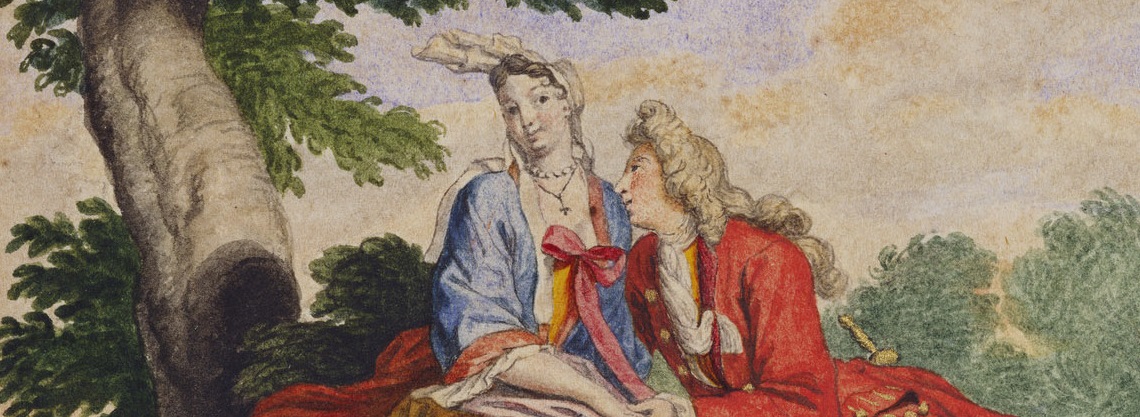The Art of Valentine's Day

Celebrated on 14 February, Valentine's Day has become a popular occasion to share gifts, cards, and other tokens of affection.
The day takes its name from St Valentine, a Christian martyr who has been identified as either a Roman priest or as a bishop of Terni, both of whom were martyred in the third century. Far from its violent origins, by the middle ages Valentine's Day had become associated with the sending and receiving of tokens of love. In the fourteenth century Geoffrey Chaucer penned the first written reference to 14 February as a day for lovers, writing in his Parlement of Foules that:
For this was on seynt Valentynes day / Whan every foul cometh ther to chese his make.
By the nineteenth century Valentine's Day was established as a popular celebration, and under the Victorians Valentine's Day cards became a profitable industry, with thousands of cards sent by admirers each year. This tradition has continued to flourish into the present day, with cards, flowers, chocolates, and jewellery all becoming popular gifts.
Love, romance, and desire have long been popular subjects in art and literature, and many works in the Royal Collection reflect the importance of these themes throughout the centuries. These objects contain familiar figures and subjects associated with Valentine's Day, and illustrate how love and romance have captured our imaginations as well as our hearts.
Some of these themes were also featured in our Victoria & Albert: Art & Love exhibition.







